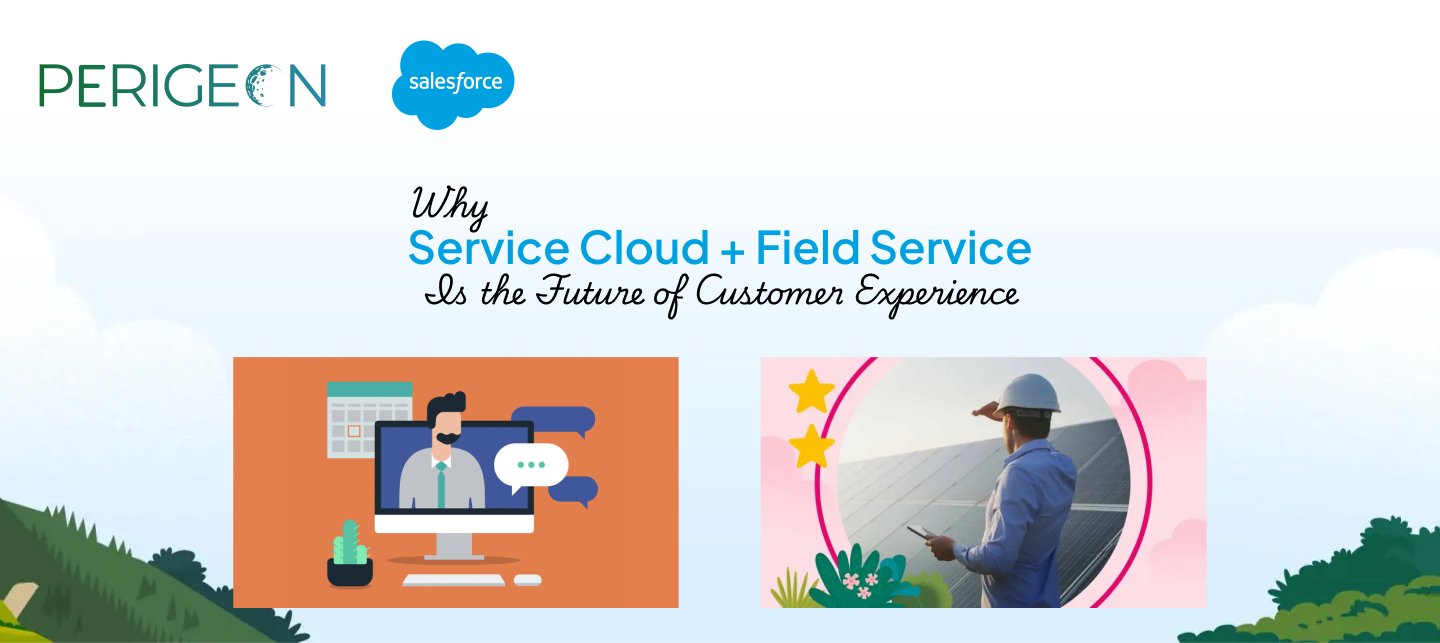Customers don’t care about your internal departments—they care about outcomes. They expect their issues to be resolved seamlessly, whether handled by a call center agent or a field technician.
The real magic happens when Salesforce Service Cloud and Field Service work together.
Benefits of Service Cloud + FSL Integration
1. Case-to-Work Order Flow
-
Cases logged in Service Cloud automatically generate Field Service work orders.
2. Real-Time Visibility
-
Agents see technician updates instantly, enabling proactive communication.
3. End-to-End SLA Tracking
-
SLA compliance maintained across both support and field.
4. Customer Satisfaction
-
Customers get consistent updates from one unified system.
Industry Examples
- Telecom: Call center logs outage → Technician dispatched → Updates synced back.
- Healthcare: Service request logged → Field technician maintains equipment → SLA tracked.
- Utilities: Fault reported → Auto-work order → Compliance proof shared instantly.
Challenges
- Mapping Service Cloud Case objects with FSL Work Orders.
- Maintaining SLA continuity across systems.
- Training agents and technicians on connected workflows.
Best Practices
- Start with case-to-work order integration, then scale.
- Use platform events for real-time sync.
- Monitor customer satisfaction KPIs (CSAT, NPS) post-integration.
Why Perigeon?
- Delivered Service Cloud + FSL integrations for telecom, healthcare, and utilities.
- Salesforce Partner with strong expertise in both clouds.
- End-to-end implementation: design → build → support.
Strengthen Your
Salesforce Service Cloud
Today.







